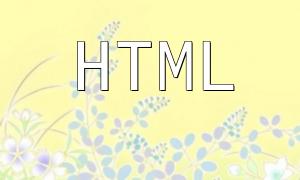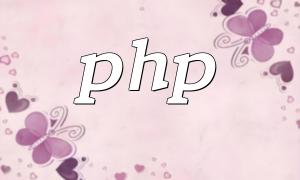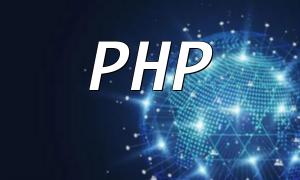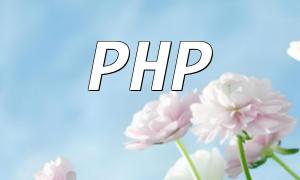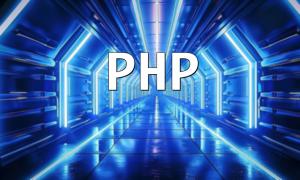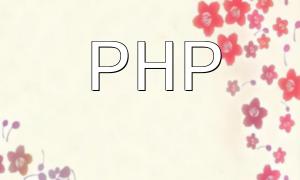In modern web development, HTML and PHP are two fundamental and essential technologies. For developers, understanding how to effectively use variables in both is crucial. This article explains techniques for applying variables in HTML and PHP to enhance code clarity and maintainability, while incorporating SEO-friendly concepts.
Strictly speaking, HTML itself does not support variables in the traditional sense. However, by using JavaScript, we can dynamically manipulate page content to achieve variable-like effects.
Defining variables in JavaScript on a webpage and dynamically displaying their values within HTML elements is a common way to enable page interactivity. Here is an example:
var userName = "Zhang San";
document.getElementById("greeting").innerHTML = "Hello, " + userName;PHP is a powerful backend programming language where variables are widely used. PHP variables start with "$" and do not require pre-declaration of data types, making them flexible and convenient.
The following shows a simple example of declaring and outputting a PHP variable:
$message = "Welcome to our website!"; echo $message;
Understanding variable scope is essential for writing high-quality PHP code. Scope defines where variables can be accessed and mainly includes global scope, local scope, and static scope.
To ensure efficient and maintainable use of variables, consider these recommendations:
Proper use of variables is foundational in HTML and PHP development. By naming variables thoughtfully and following best practices, you can improve code readability and maintainability, as well as enhance your website’s dynamic interactivity. Combined with SEO strategies, this will effectively boost your website’s traffic and user experience.
